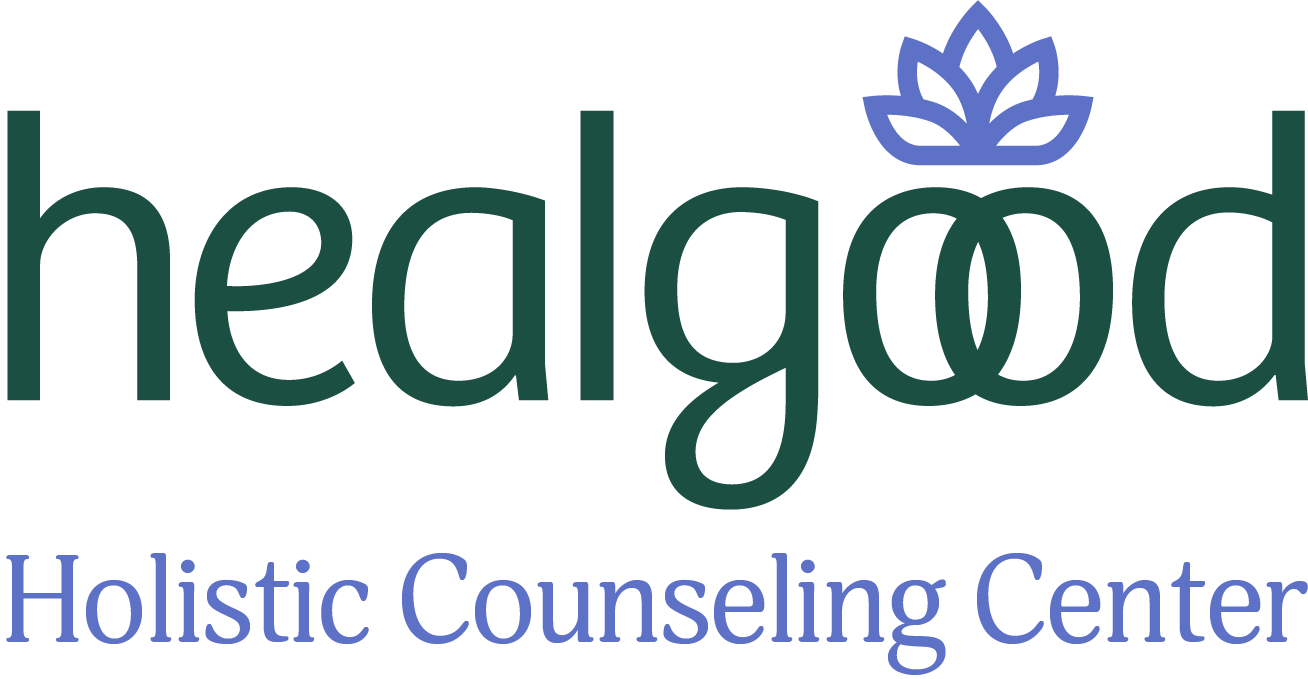Love & The Brain: How Neuroscience Shapes Our Relationships
Love isn’t just an emotion—it’s a whole-brain experience.
Valentine’s Day often brings up thoughts of love, connection, and relationships—whether romantic, platonic, or self-directed. While love is often seen as an emotional experience, neuroscience reveals that it’s also deeply rooted in brain chemistry. Understanding how our brains process love and attachment can help us build healthier relationships, enhance emotional resilience, and foster deeper connections with ourselves and others.
The Neuroscience of Love
Love isn’t just a feeling—it’s a dynamic interplay of brain chemicals and neural pathways. When we experience love, our brains release key neurotransmitters and hormones that shape our emotions and behaviors.
Oxytocin ("The Love Hormone"): Released during moments of closeness, oxytocin strengthens emotional bonds and fosters trust. It plays a crucial role in both romantic and platonic relationships, as well as in self-compassion practices.
Dopamine ("The Reward Chemical"): Love activates the brain’s reward system, releasing dopamine, which enhances pleasure and motivation. This is why early romance can feel so exhilarating—it’s literally a neurochemical high!
Serotonin ("The Mood Stabilizer"): Love, especially long-term attachment, helps regulate serotonin levels, promoting emotional stability and well-being.
Endorphins ("The Comfort Chemicals"): Over time, relationships shift from excitement to comfort, with endorphins providing a sense of safety and connection.
Understanding these chemical reactions can help us navigate relationships with more awareness—whether recognizing the excitement of new love, appreciating the stability of deep connection, or fostering self-love through intentional practices.
Attachment & The Brain: How We Love
Our early experiences shape the way we approach relationships. Neuroscience-backed attachment theory explains that our brain develops relationship patterns based on childhood interactions with caregivers.
Secure Attachment: Leads to healthy, trusting relationships with good communication.
Anxious Attachment: Creates fear of abandonment and heightened sensitivity to relationship changes.
Avoidant Attachment: Causes discomfort with closeness and emotional expression.
Disorganized Attachment: Involves mixed signals and difficulty trusting others.
If you recognize yourself in these patterns, the good news is that the brain is adaptable! Through mindfulness, therapy, and intentional connection, we can rewire our neural pathways to develop healthier attachment styles.
Self-Love & The Brain: A Neuroplasticity Approach
Valentine’s Day isn’t just about external relationships—it’s also an opportunity to strengthen our relationship with ourselves. Self-love isn’t about indulgence; it’s about actively engaging in behaviors that nurture our well-being.
Practice Self-Compassion: Research shows that self-compassion activates the same neural networks associated with social connection and oxytocin release. Treat yourself with the same kindness you would a loved one.
Engage in Gratitude & Reflection: Gratitude rewires the brain by strengthening positive thought patterns, increasing serotonin and dopamine levels.
Prioritize Connection: Whether through friendships, family, or a support group, meaningful connections reinforce neural pathways that promote emotional resilience.
Mindfulness & Emotional Regulation: Mindfulness strengthens the prefrontal cortex, improving emotional regulation and reducing stress responses in relationships.
A Love Letter to Your Brain
This Valentine’s Day, whether you’re celebrating with a partner, friends, or focusing on self-love, remember: love is not just an emotion—it’s a whole-brain experience. By understanding the neuroscience behind relationships, we can create deeper, healthier, and more fulfilling connections with others and ourselves.
Want to strengthen your emotional resilience and build healthier relationships? Healgood offers therapy services, including DBT and mindfulness-based approaches, to help you cultivate connection and well-being. Reach out today to learn more!
~
References
Bowlby, J. (1988). A Secure Base: Parent-Child Attachment and Healthy Human Development. Basic Books.
Dunbar, R. I. (2010). The social role of touch in humans and primates: Behavioral function and neurobiological mechanisms. Neuroscience & Biobehavioral Reviews, 34(2), 260-268.
Emmons, R. A., & McCullough, M. E. (2003). Counting blessings versus burdens: An experimental investigation of gratitude and subjective well-being in daily life. Journal of Personality and Social Psychology, 84(2), 377.
Fisher, H. E., Aron, A., & Brown, L. L. (2005). Romantic love: An fMRI study of a neural mechanism for mate choice. The Journal of Comparative Neurology, 493(1), 58-62.
Holt-Lunstad, J., Smith, T. B., & Layton, J. B. (2010). Social relationships and mortality risk: A meta-analytic review. PLOS Medicine, 7(7), e1000316.
Marazziti, D., Akiskal, H. S., Rossi, A., & Cassano, G. B. (1999). Alteration of the platelet serotonin transporter in romantic love. Psychological Medicine, 29(3), 741-745.
Neff, K. D. (2011). Self-compassion, self-esteem, and well-being. Social and Personality Psychology Compass, 5(1), 1-12.
Siegel, D. J. (2007). The Mindful Brain: Reflection and Attunement in the Cultivation of Well-Being. W. W. Norton & Company.
Siegel, D. J. (2012). The Developing Mind: How Relationships and the Brain Interact to Shape Who We Are. Guilford Press.
Young, L. J., & Wang, Z. (2004). The neurobiology of pair bonding. Nature Neuroscience, 7(10), 1048-1054.



